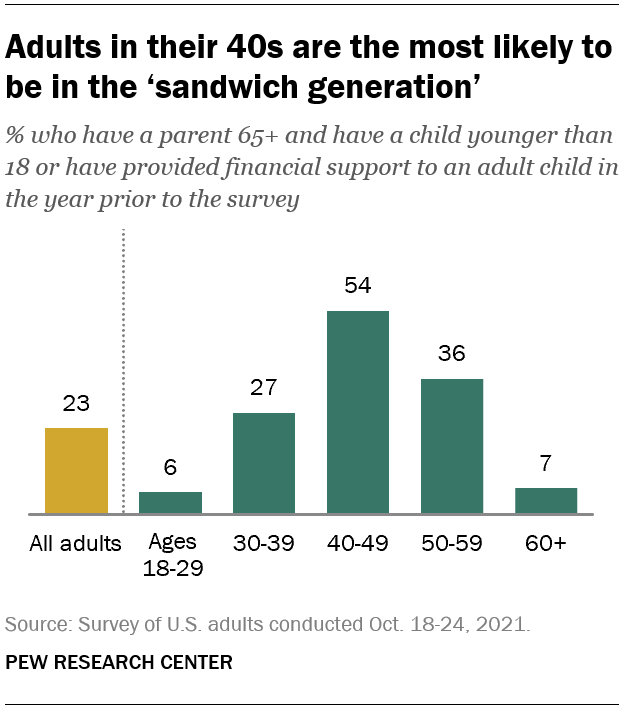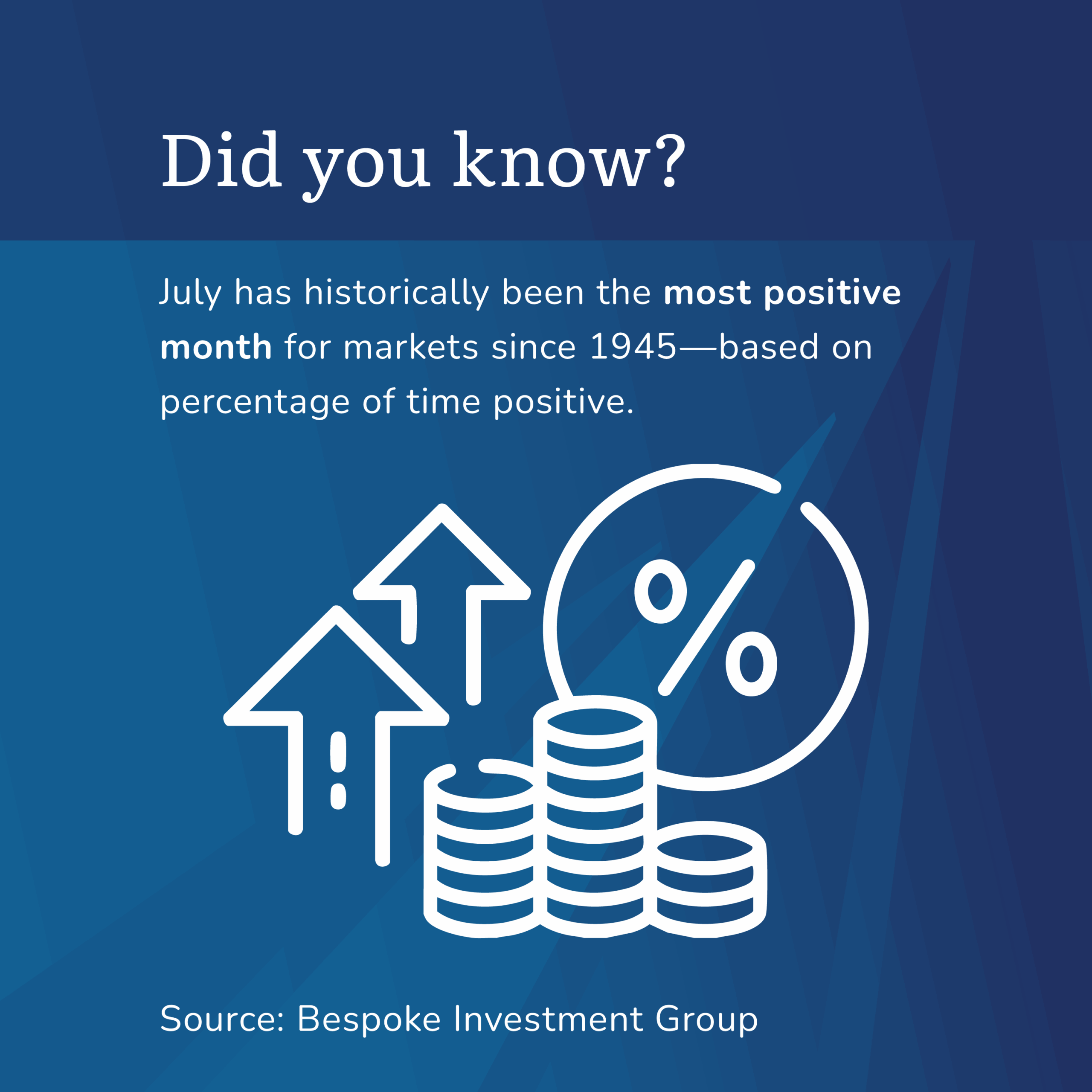Stuck in the Middle: Life as a Sandwich Generation Caregiver

Psst! Over here, down here in between the sliced bread, lettuce, tomato, cheese, and deli meat. Yes, that’s right, I am in the sandwich generation! This term was coined in the early ’80s to describe individuals sandwiched between raising their children and caring for aging parents. We juggle our careers, home responsibilities, and family caregiving duties on both ends.
If this sounds familiar, you’re not alone. This group, known as the “sandwich generation,” makes up about 23% of American adults, according to a survey conducted in late 2021.
What Is the Sandwich Generation (And How Did We End Up Here)?
If you’re feeling this squeeze, you’re part of a group that now makes up about 23% of American adults, according to a recent survey. The survey found that the most common age range for sandwich generation members is adults in their forties, with over half (54%) having a parent aged 65 or older while still raising or financially supporting a minor or adult child. For those of us balancing it all, this can feel like a lot—but you’re not alone.
As people get older, the likelihood of being in this position shifts. About 36% of adults in their fifties and 27% of those in their thirties fall into the sandwich generation category. The percentage dips below 10% for adults younger than 30 or older than 60.
Double Duty: Raising Kids While Caring for Parents
The caregiving mix also changes with age. For those of us in our thirties and forties, it’s all about caring for minor kids while helping our aging parents. But for folks in their fifties and beyond, it shifts to supporting adult children financially while still being there for elderly parents.
Several factors influence whether someone becomes part of this group. Education, income, and marital status are key. People with higher incomes, more education, and those who are married are more likely to find themselves juggling caregiving for both children and elderly parents. One in five of adults in their forties and fifties are supporting both a minor and an adult child at the same time. (No rest for the weary!)

Coping with Dual Caregiving Responsibilities
Being part of the sandwich generation brings unique stressors. Managing the emotional and financial responsibilities of caring for both children and parents can be overwhelming. So, how do these caregivers cope?
- Time Management: Prioritizing daily tasks and setting boundaries is essential. Many in the sandwich generation rely on structured schedules to balance work, family time, and self-care.
- Financial Planning: Dual caregiving can strain financial resources. Seeking professional financial advice can help individuals manage their current responsibilities while safeguarding their future, especially in terms of retirement planning.
- External Support: Hiring professional caregivers or seeking community services for elderly parents can help alleviate some of the burden. Additionally, many turn to technology—such as caregiving apps or virtual health monitoring tools—to streamline tasks and stay on top of both children’s and parents’ needs.

The Satisfaction Paradox: Finding Joy Despite the Juggle
If you feel like you’re balancing too much, here’s an encouraging statistic: adults in the sandwich generation—especially those in their forties—report higher levels of satisfaction with their family life compared to other groups. Crazy, right? It seems that despite the stress, people find meaning and happiness in staying connected to both their children and parents.
However, in other areas—like social satisfaction and personal finances—the difference between sandwich generation members and other adults is less significant.

Multigenerational Living: A Growing Trend in Modern Households
With multigenerational households growing in popularity, about one in five adults—sandwiched or not—now lives with parents, children, or both. And though the rise of multigenerational living isn’t entirely new (we see similar percentages today compared to a 2014 survey), it remains an important part of American family life. As life expectancy increases and young adults face challenges in achieving financial independence, the sandwich generation phenomenon is likely to continue shaping family structures and caregiving responsibilities in the United States.
The sandwich generation will likely be a fact of life for many Americans in the years to come. While caregiving can be challenging, it’s clear that balancing family responsibilities, even at its most stressful, still brings its own rewards.
Feeling overwhelmed by the demands of caring for kids and aging parents?
You’re not alone! Let’s create a financial plan that fits your unique situation. Connect with an advisor and let’s find balance in your busy life!
Categories
Recent Insights
-

Talk Your Chart | From Saunas to Stock Surges: Market Recoveries, Margin Resilience & Rate Watch | Episode 69
In Episode 69 of Talk Your Chart, Brett and Marcos unpack the surprising speed of the recent market recovery, debate the timing vs. time-in-market mindset, explore political biases in investing, and analyze how corporate margins and U.S. debt are shaping investor decisions in 2025. Charts available for download here.
-

Smart Money Moves for Teens: The Best Financial Literacy Apps
Why Financial Literacy for Teens Matters Let’s face it—teaching teens about money can be tricky. But thanks to an ever-growing list of financial literacy apps, it’s never been easier (or more engaging) to help kids build healthy money habits. I recently spoke with two clients who’ve been using the Greenlight app to help their children…
-

Rebuilding Financial Confidence After Divorce: Managing Risk & Moving Forward
Divorce is not just an emotional transition—it’s a financial one, too. The process of separating assets, redefining financial goals, and adjusting to a new financial reality can feel overwhelming. But with the right mindset and strategies, you can regain control and build a future that aligns with your new chapter in life. Understanding Financial Risk…
-

Giving with Pride: Smart Strategies for LGBTQIA+ Donors
Understanding the Landscape of LGBTQIA+ Philanthropy LGBTQIA+ donors are uniquely positioned to drive meaningful change, but the philanthropic landscape remains complex and underfunded. Historically, LGBTQIA+ organizations have faced significant challenges in securing resources, often competing with larger, more established nonprofits for limited funding. This disparity highlights the importance of strategic giving to ensure that your…
-

How to Build Lasting Relationships that Propel Your Business and Elevate Your Community
As business leaders, our role in the community extends beyond charitable acts—it’s a strategic initiative that strengthens both our businesses and the communities we serve. Building meaningful community partnerships is not just about doing good; it’s about doing it strategically to foster deeper relationships, enhance your brand, and make a lasting difference. But where do…
